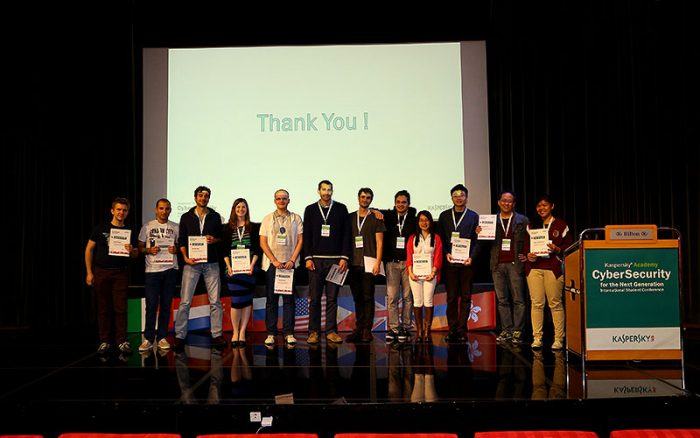
Merging all Windows: does it mean shorter lifecycles?
Overextended lifecycle of an OS at a certain point becomes a security problem. Will merging all Windows platforms into a single one lead to a shortening of Windows lifecycles?
138 articles

Overextended lifecycle of an OS at a certain point becomes a security problem. Will merging all Windows platforms into a single one lead to a shortening of Windows lifecycles?

Microsoft’s announcement that it is going to consolidate all of its major platforms into one is quite a logical move. But what are the possible consequences regarding businesses and cybersecurity?

“Trojan” in computing is a misleading shortening from the self-descriptive “Trojan horse”, the ubiquitous and probably the most dangerous sort of malware.

Backdoor is a very graphic term, but does it explain the tech behind it? We try to shed some light.

Facebook has little to do with cybersecurity – it’s not a vendor. But at a certain point it took the battle against botnets to the enemy territory.

DoS/DDoS attacks is another popular, but somewhat under explained, term in cybersecurity. Explaining it in detail would take a monograph, so we’ll just hit the high points.

These young researchers will shape cyberworld in the next decade.

IT departments take most of the responsibility for the company cybersecurity. However, how fair is it to charge them with 100% of responsibility for everything that happens there? Cynthia James shares her thoughts on this matter.

New Kaspersky Lab’s survey shows VSB owners are well aware of IT threats, but their priorities lie elsewhere and the “immunity by obscurity” approach is a bit too common.

It’s time to reconsider our stance on data storage, and in the process, perhaps we can force a little cybersecurity education. One solution is to apply “The Three Ps” to every data storage decision a company makes (at least about PII or valuable secrets).

May 2014 appears to be very stormy and volatile in regards to information security. Still overshadowed by Heartbleed and Windows XP “official demise” from April, it has brought a lot of troubles on its own.

March brought with it a host of new security stories, and with those stories came our continued promise to keep you informed while providing protection against cybercriminals. From our interactive

Last week brought us a host of news stories, including a handful of highlights. As usual, we have collected the most interesting security news and are bringing it to you

A variety of methods can lead users to malicious sites, but the one known as “typosquatting” relies entirely on unforced user error.

2014 will be an important year in the development of new cybersecurity threats. Threats related to commercial espionage and new forms of end-user targeting by criminals will likely be present.

2013 will be remembered by both security professionals and everyday people for the number of events that took place in information security. Various incidences, from Edward Snowden’s revelations to the
Recently, I had the chance to visit a number of industrial events and could see the evolution of cybersecurity in the industrial field. One of these was the 4th National
Passwords are the main method of authentication for the Internet today. They were yesterday, the day before yesterday, and will probably be that way in the near future too. Accordingly,